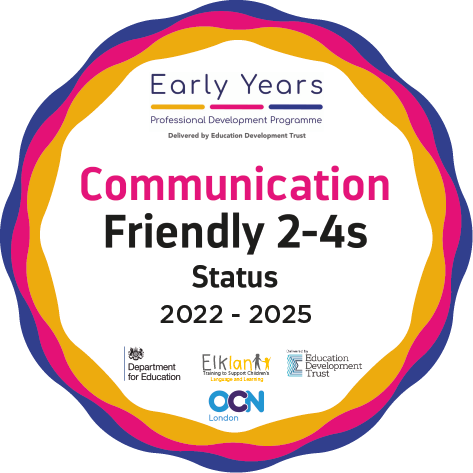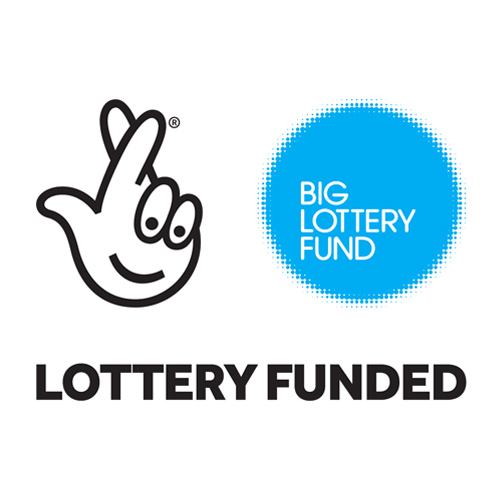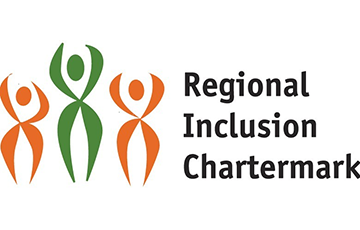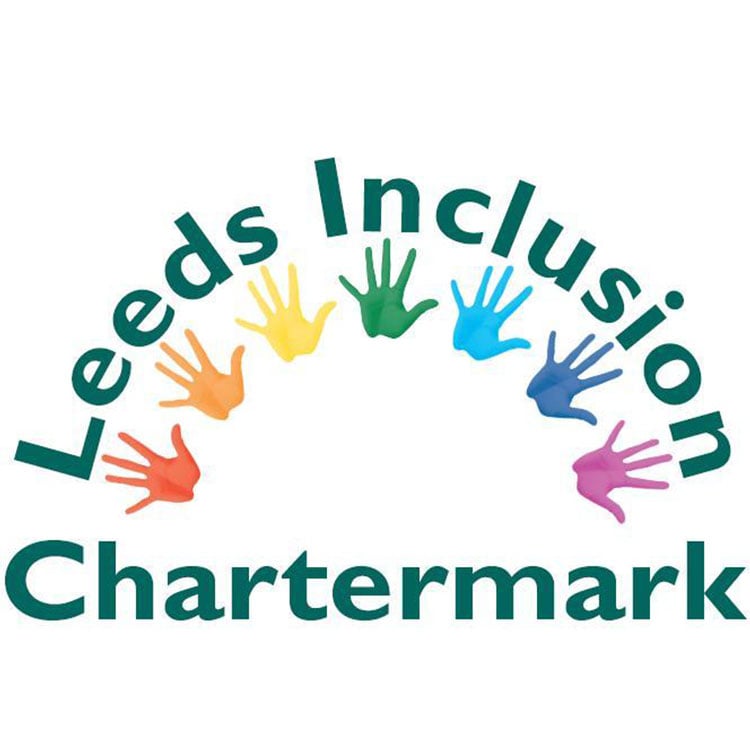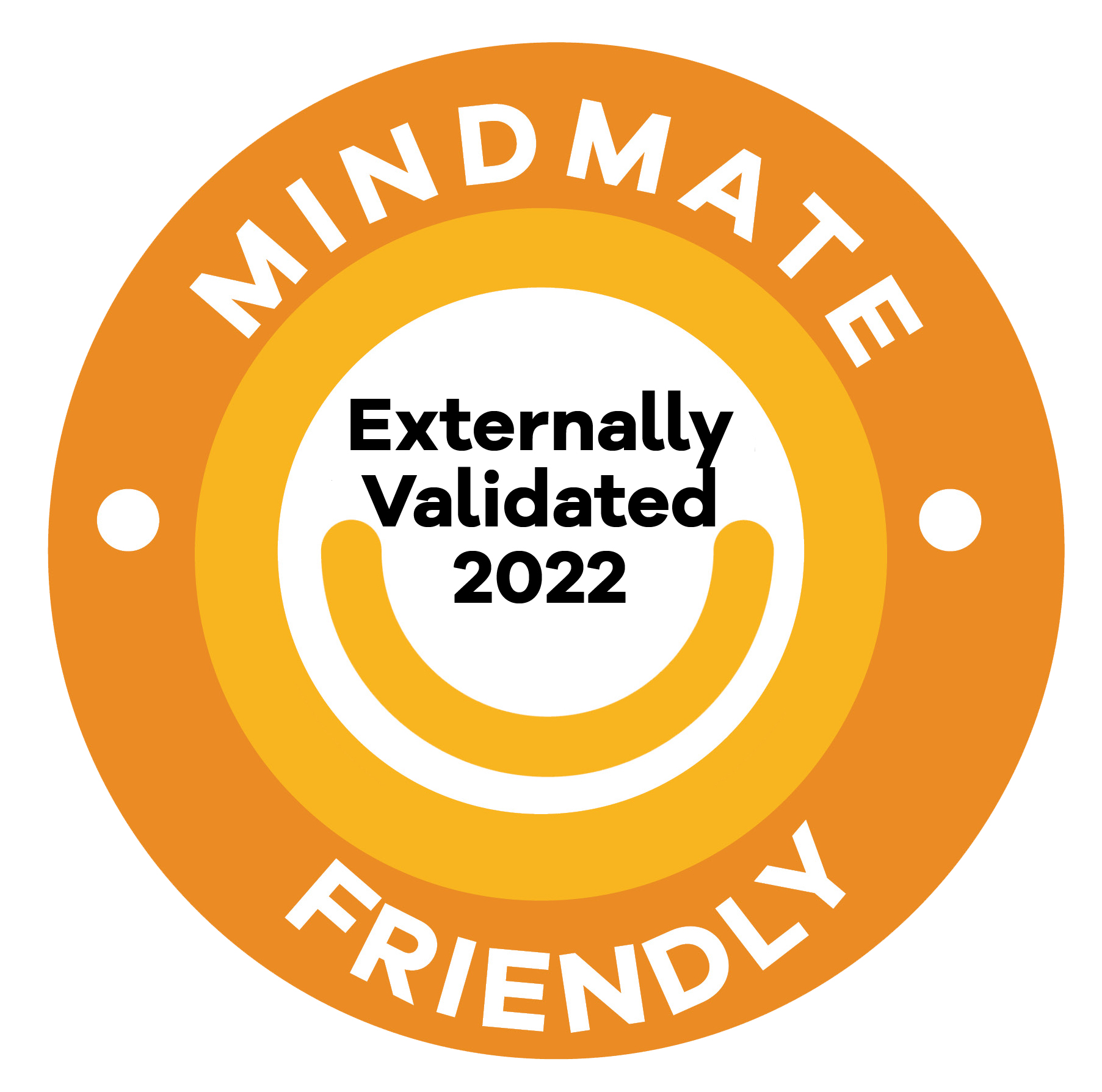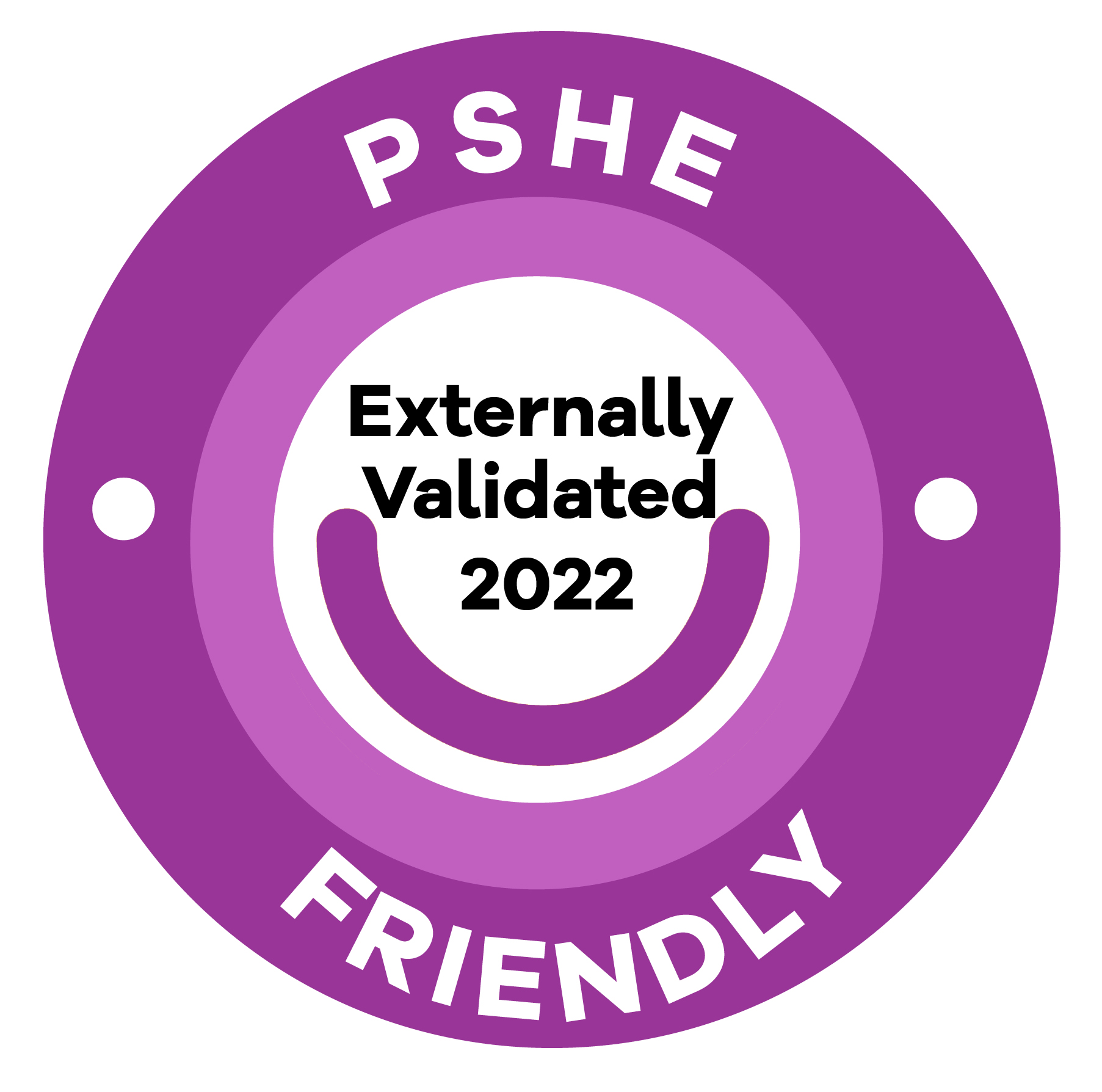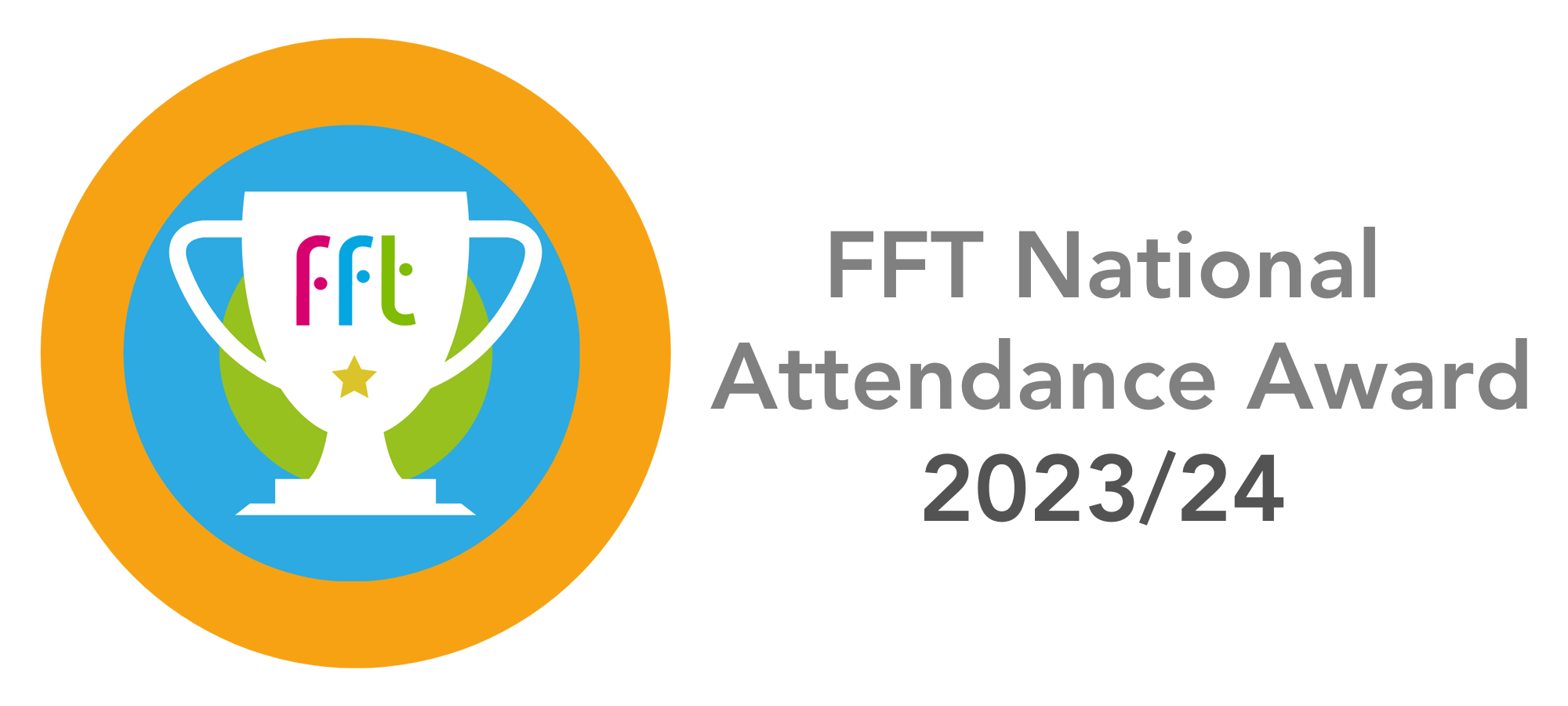
Writing Excellence from the Heart of Leeds
Writing is a complex process; it depends on spelling quickly and understanding sentence structure. It involves forming, articulating and communicating ideas then organising them coherently for a reader. An awareness of audience and purpose is essential to success. We provide motivating stimulus to write and spend time exploring text features, purpose and audience as is appropriate for each year group. Please click here to see our long term writing plan. Children must develop an understanding of how precision in vocabulary selection and accurate use of grammatical features can enhance the impact of their writing. Click here to see our long term grammar and punctuation progress grid which ensures vertical progression over time. In order to create a writing curriculum that meets the needs of all children, our curriculum design building blocks are used as starting points for all teaching of writing. We use five building blocks of curriculum design for the teaching of writing.
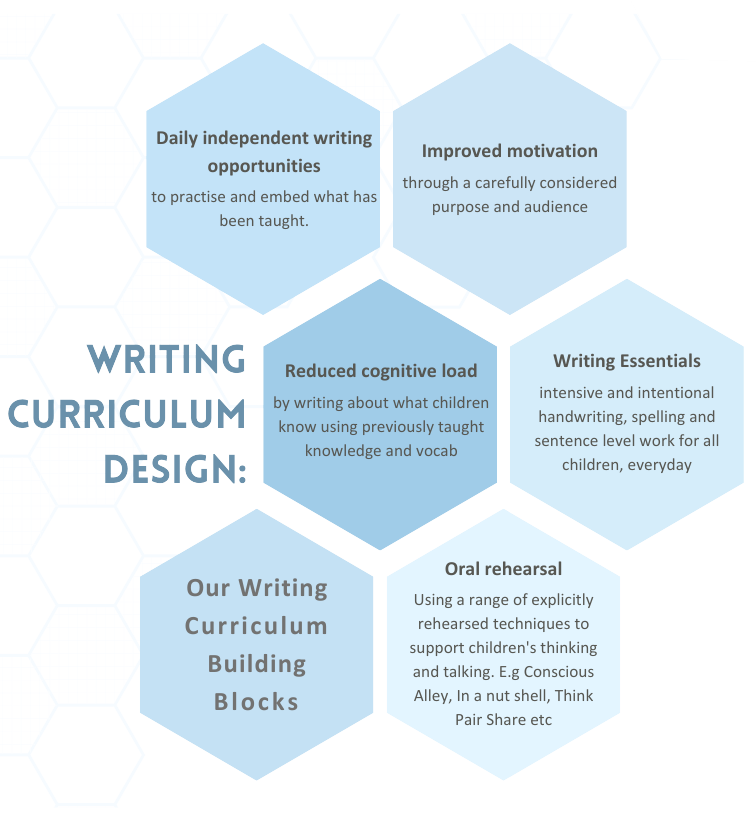
The Writing Curriculum
We follow a teaching sequence which leads to a piece of extended writing over a series of lessons; Our Writing Model. Alongside the writing model we discretely teach additional Writing Essentials including daily phonics, spelling, handwriting and sentence level instruction.
Our Writing Model
The introduction and teaching of text types, grammar features and punctuation is planned across school from Reception to Year Six by the English Writing Team ensuring grammar skills and punctuation rules are revisited and embedded. The progression model is linked to year group long term and medium half termly plans. Children in EYFS have three Guided Writing sessions per week, in addition to writing in daily phonics sessions. One session focuses on a modelled composition task, a dictated sentence and a sentence construction activity using colourful semantics. Children complete all writing tasks in their writing book, sitting at a ninety-degree angle and with a focus on letter formation. How we structure daily writing lessons in Year One to Six is detailed below.
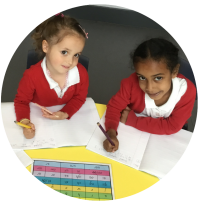 In the Beginning
In the Beginning
The writing model starts with children looking at a range of examples of real text types. Teachers guide pupils to pick out and discuss WHO they are writing for and WHY (Purpose and Audience).
Opportunities are utilised to include drama and talk and to explore content, vocabulary and sentence types. Children will then attempt to complete an independent cold write in the style of the real text types.
Planning and Practice
Narrative writing is inspired by our class texts. In a non-narrative text type, previous project learning is utilised allowing opportunities for children to remember and recall from previously acquired knowledge and vocabulary. To further support children writing about what they already know therefore reducing cognitive load, the content of extended writes may also link to the half-termly Golden Theme or a Shakespeare Sixty experience.
Children analyse the WAGOLL (What a Good One Looks Like) which matches the purpose and audience of the intended extended writing piece. This process is led by the teacher who demonstrates how to plan for the piece of writing with children contributing to and completing a boxed-up plan either in small groups, pairs, individuals or as a class. At this stage, teachers will explicitly demonstrate the grammar features of the text type and give children the opportunity to use this in a shorter piece of writing or a paragraph which will feature in the extended piece.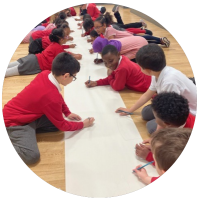
Children share their ideas and discuss the vocabulary used. It can be done on large pieces of paper or in jotters to encourage children to 'have a go!' Children are given the chance to write, edit and redraft the opening paragraph or sentences of the piece of writing.
Writing and Redrafting
In the writing and redrafting stage of the writing model, teachers model a piece of guided writing.
They 'think aloud' as they write. A shared write then takes place allowing the children to elicit responses and start to add and improve the text. Children orally rehearse what they want to say with their partner. Thesauruses, paragraph skeletons, kernel sentences, topic sentences and word banks are provided to support.
Over the next few days, the children complete the piece of writing independently using the ideas from the boxed-up plan, the teacher WAGOLL and the resources given. They are encouraged to edit and respond to teacher feedback throughout this process. Peer and self-assessment opportunities are provided to continually reflect and improve the quality of the piece of extended writing with sections of the writing selected to redraft applying a modelled and practised grammar feature or type of punctuation.
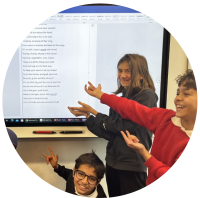 Publish and Evaluate
Publish and Evaluate
When a child has moved through the writing teaching model, an extended piece will be written out as a final published piece. Children revisit their initial write and compare it to their published piece noting the improvement in line with the success criteria created through the initial focus on purpose and audience sharing their most effective sentences with the class (silent share).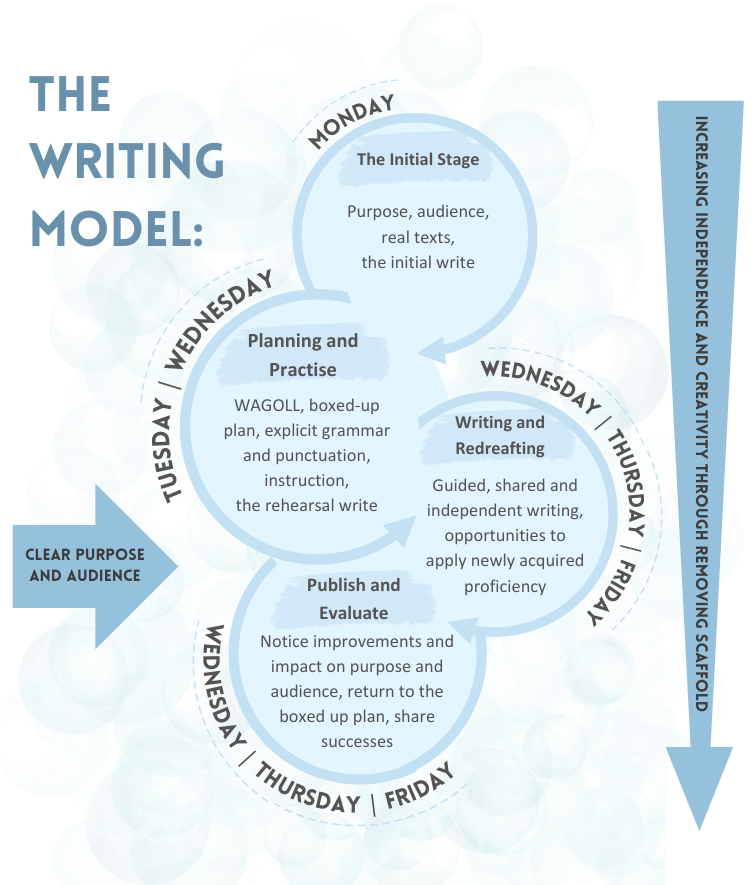
Writing Essentials
In addition to the writing model, we teach Little Wandle Letter and Sounds phonics and spelling scheme to all children whose level of language development requires it. To read more about the teaching of phonics, please click here. From Year 2 onwards, No Nonsense Spelling lessons are taught three times a week with Lexia, Spelling Shed and additional interventions offered to children for which spelling is a particular weakness. A programme of sentence level activities based on Colourful Semantics and The Writing Revolution approach are also a part of daily writing lessons throughout school. Writing Essential tasks and interventions are a part of our Core Skills Strategy.
Sentence Level Activities: Each day a short 'Do Now' grammar task is completed by all children based around understanding what makes a complete and coherent sentence. In Key Stage Two this could include Unscrambling Sentences, (putting a sentence in the right order) identifying Fragments of sentences (incomplete sentences) and editing Run-ons (identifying when and where full stops are needed). In Key Stage One and Lower Key Stage Two this may also be based on Colourful Semantics a system of colour coding sentences according to the role of each word. It can help children to break down sentences and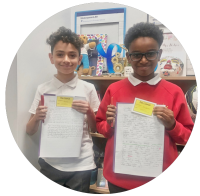 understand the individual meaning of each word and its role in the sentence. It can also help children to better understand word order.
understand the individual meaning of each word and its role in the sentence. It can also help children to better understand word order.
Handwriting: We expect children to have very high standards of presentation in their writing and teach pencil grip, seating position and handwriting as a priority. Mark making, letter and number formation are taught from EYFS using Little Wandle letter formation phrases. Handwriting lessons are taught in all year groups at least three times a week. Opportunities for extra handwriting support are provided for targeted children. Click here to see out whole school long term handwriting plan. When children reach the expected standard, they are considered for a book licence (Year 4) or a pen licence (Year 5 and Year 6) and show their writing to a member of the senior leadership team. This is a very proud moment for all of the children. All class teachers select a 'handwriter of the week' who take home a certificate to celebrate.


